FACT VS. FICTION IN U.S. HISTORY

Capstone Captivate is published by Capstone Press, an imprint of Capstone.1710 Roe Crest DriveNorth Mankato, Minnesota 56003capstonepub.com
Copyright 2022 by Capstone. All rights reserved. No part of this publication may be reproduced in whole or in part, or stored in a retrieval system, or transmitted in any form or by any means, electronic, mechanical, photocopying, recording, or otherwise, without written permission of the publisher.
Library of Congress Cataloging-in-Publication Data Names: Mavrikis, Peter, author.Title: The first Thanksgiving : separating fact from fiction / by Peter Mavrikis.Description: North Mankato, Minnesota : Capstone Press, a Capstone imprint, [2022] | Series: Fact vs. fiction in U.S. history | Includes bibliographical references and index. | Audience: Ages 8-11 | Audience: Grades 4-6 | Summary: "Every November, the United States celebrates Thanksgiving Day. But what actually happened at the first Thanksgiving? And when did it happen? Discover the facts and find out the fiction surrounding one of America's favorite holidays" Provided by publisher.Identifiers: LCCN 2021002512 | ISBN 9781496695666 (hardcover) | ISBN 9781496696762 (paperback) | ISBN 9781977155023 (pdf) | ISBN 9781977156648 (kindle edition) | ISBN 9781977158420 (ebook)Subjects: LCSH: MassachusettsHistoryNew Plymouth, 1620-1691Juvenile literature. | Pilgrims (New Plymouth Colony)Juvenile literature. | Wampanoag IndiansJuvenile literature. | Thanksgiving DayHistoryJuvenile literature. | United StatesHistoryErrors, inventions, etc.Juvenile literature.Classification: LCC F68 .M435 2022 | DDC 974.4/02dc23LC record available at https://lccn.loc.gov/2021002512
Image Credits Associated Press: Jim Cole, 27, Julia Cumes, 17, The Hazleton Standard-Speaker/Warren Ruda, 5; Bridgeman Images: Peter Newark Pictures, 15; Dreamstime: Steven Cukrov, 28; Getty Images: ivan-96, 24, The Boston Globe/Pam Berry, 20, whitemay, 6, ZU_09, cover (top right), 25; Library of Congress: cover (top left), 9, 10, 12; Mary Evans Picture Library: 16; Newscom: AiWire, 18, ZUMA Press/Charles Mahaux, 23; North Wind Picture Archives: cover (bottom), 11, 13, 14, 22; Shutterstock: JeniFoto, back cover, 21; XNR Productions: 8
Editorial Credits Editor: Gena Chester; Designer: Tracy Davies; Media Researcher: Svetlana Zhurkin; Production Specialist: Laura Manthe
Thank you to our consultant, Katrina Phillips, PhD, enrolled member of the Red Cliff Band of Lake Superior Ojibwe
All internet sites appearing in back matter were available and accurate when this book was sent to press.

Table of Contents
Words in bold are in the glossary.

Introduction
Each year in November, many schools across the United States perform plays about the first Thanksgiving. The Pilgrims are often shown wearing black and white clothing. The Native Americans may have feathers tucked in their hairan untrue representation that dates back to paintings by white artists from the early 1900s. Some classroom productions may even have a papier-mch versionof Plymouth Rock.
A meal celebrating a harvest and cooperationhappened 400 years ago, in 1621. Thats a fact. But what parts of the story are untrue, or fiction? What really happened? Were the Pilgrims forced to leave England in search of religious freedom?Were the Pilgrims and the Native Americans they encounteredthe Wampanoag Nationfriends?And was turkey even on the menu? Lets begin separating fact from fiction.

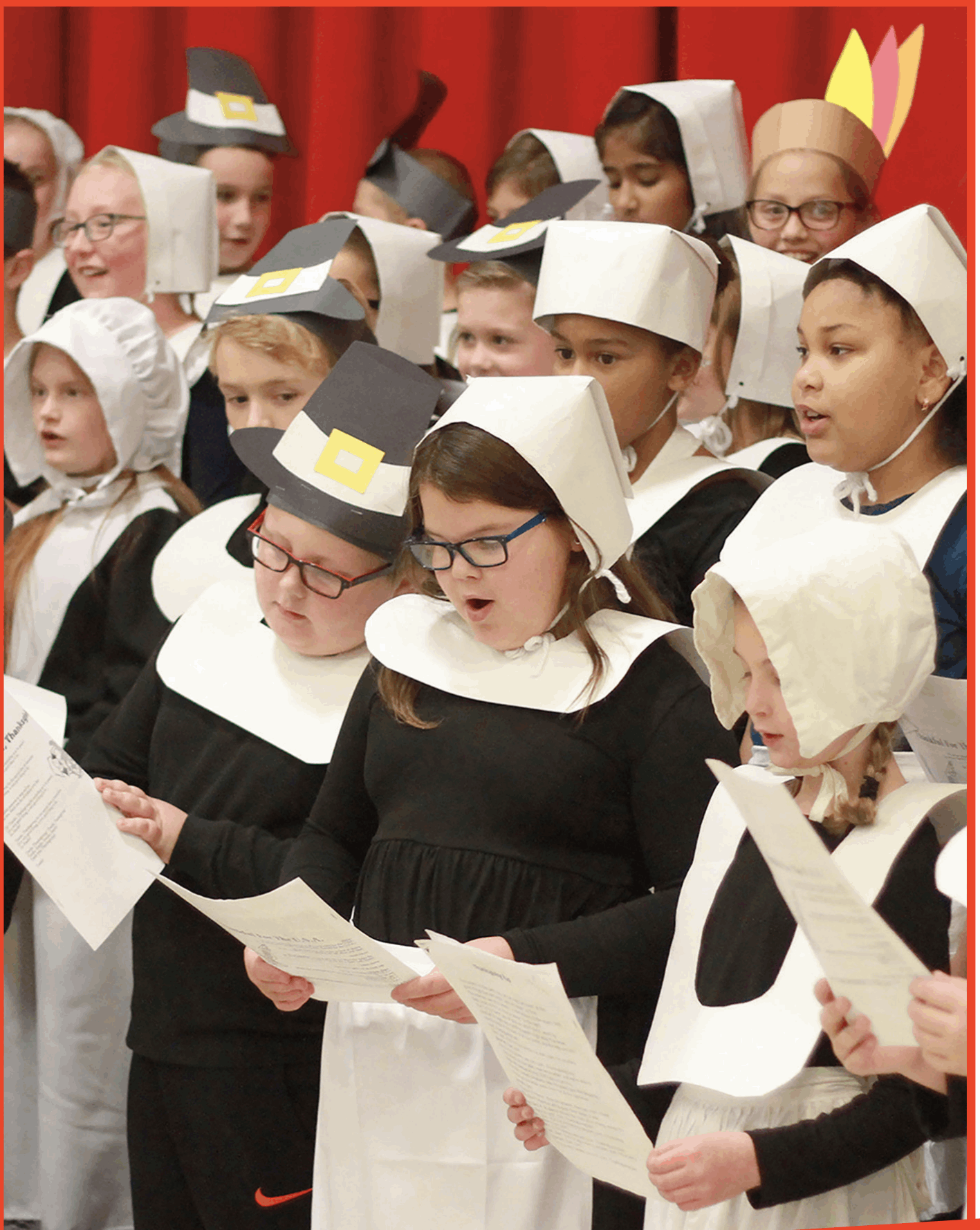
Schoolchildren across the country perform traditionalThanksgiving programs each year, but how accurate are they?

Chapter 1 Seeking ReligiousFreedom
In the 1600s, England was ruled by King James I. He believed that all people under his rule should join the Church of England. Some people from England did not agree. They called themselves Separatists or Puritans. King James sent those who did not follow his rules to jail for their religious beliefs. By 1608, many Puritans fled to Holland to escape religious
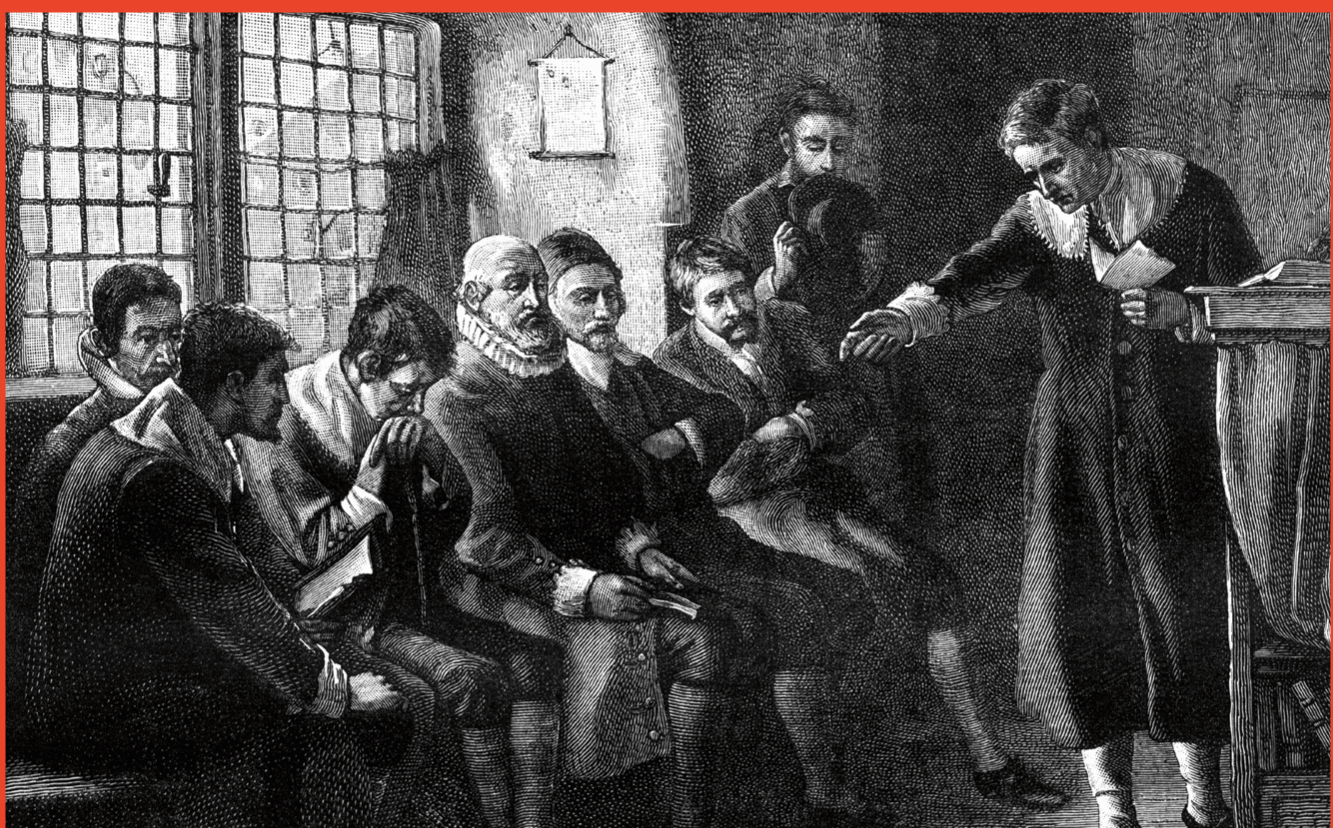
A group of Puritan men attend a prayer meeting.

A New World?
Thousands of miles west of England, European adventurers were exploring the lands west of the European continent, now called North and South America. Many European countries, including England, saw this land as an opportunity to gain wealth and expand their rule. Many European people referred to this land as the New World.
But this is fiction. The land was not new. It had been home to many or Native American groups for thousands of years before the first Europeans ever set foot there. These groups were organized into Nations and other larger communities. Each Nation had their own language, culture, customs, and beliefs, and still do today.

A New Life
In Holland, the Puritans were allowed to worshipfreely without fear of being punished. But good-paying jobs were hard to find. The Puritans were also worried that their children were becoming more and land they had heard about.
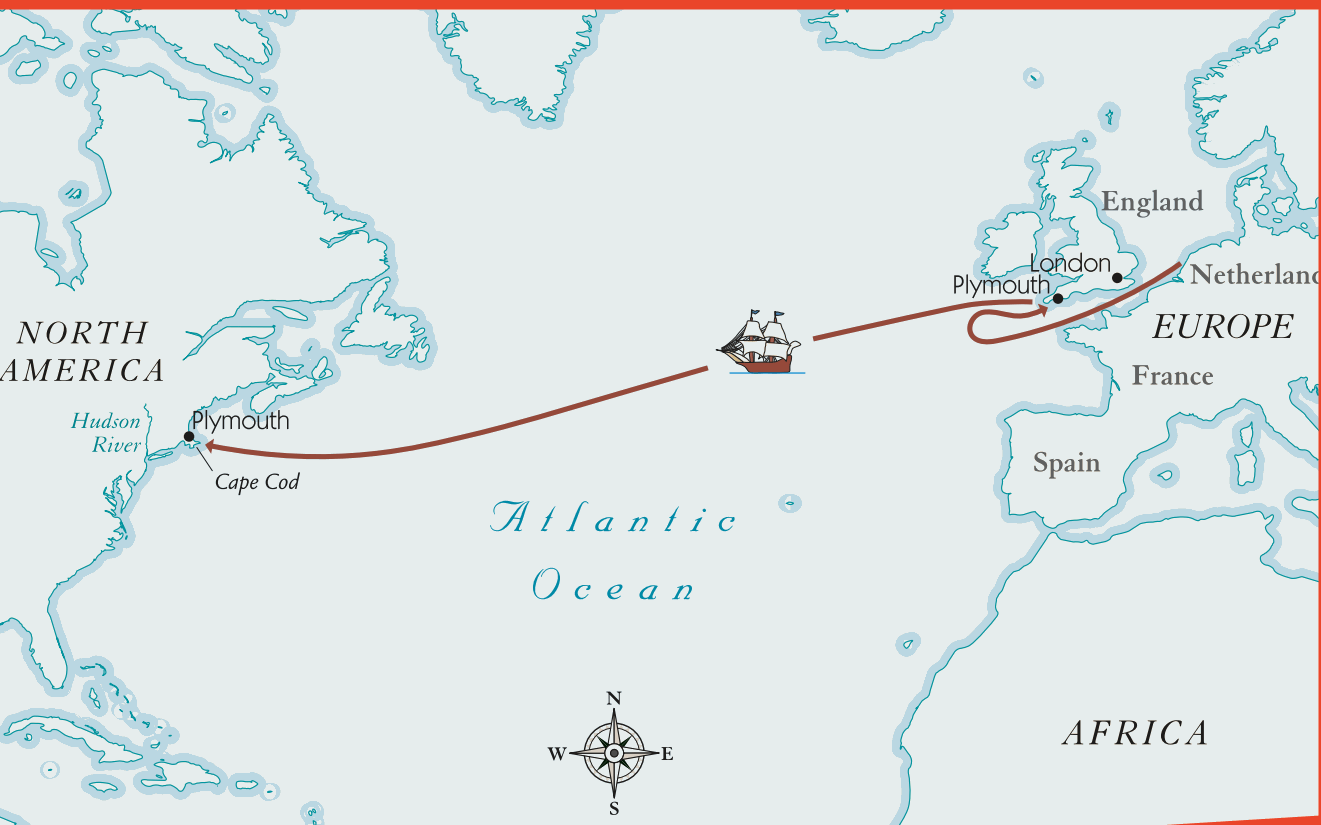
The route of the Mayflower across the Atlantic Ocean

On September 6, 1620, the Mayflower set sail from Southampton, England. The 102 Puritans onboard were looking forward to a new life.
Fact!
The word Pilgrim wasnt used until the 1800s. Before then, many Americans called this first wave of Puritans first-comers or forefathers.

Artist Charles Lucy's 1848 painting,"The Landing of the Pilgrim Fathers"


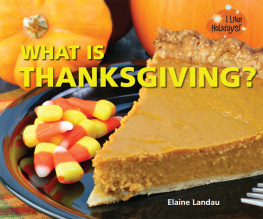

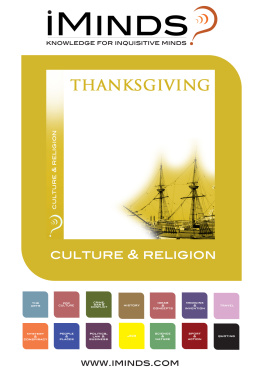
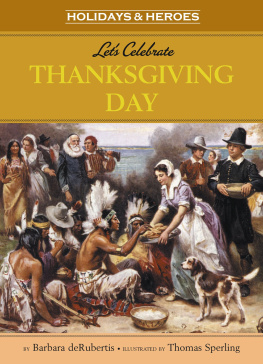
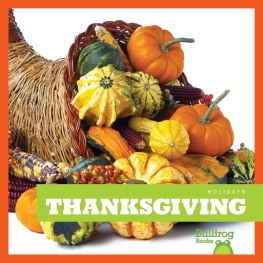

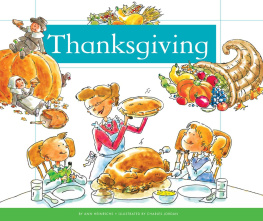
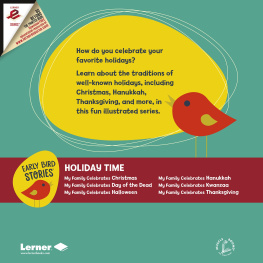
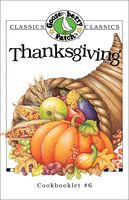


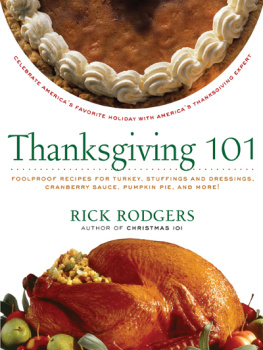
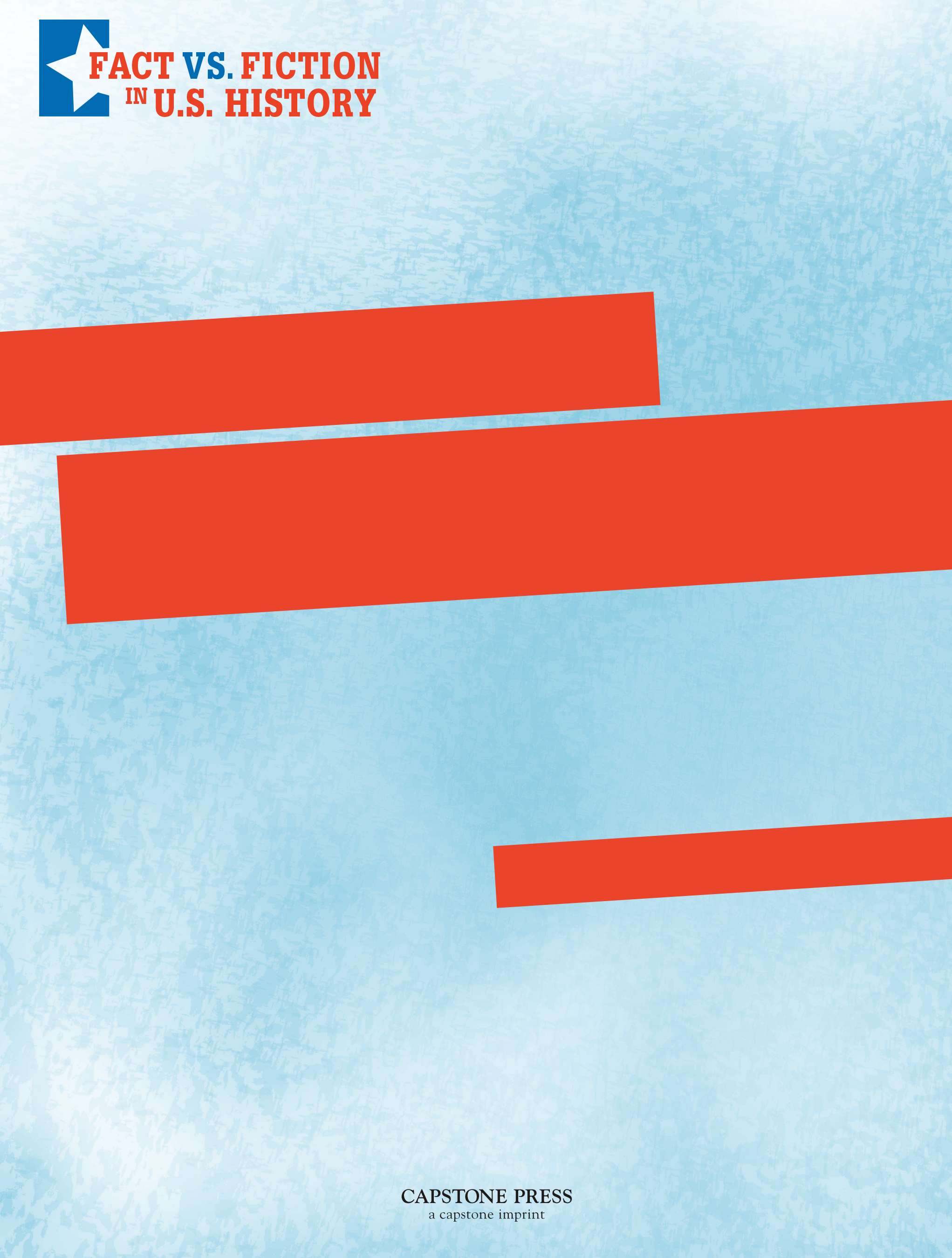




 Schoolchildren across the country perform traditionalThanksgiving programs each year, but how accurate are they?
Schoolchildren across the country perform traditionalThanksgiving programs each year, but how accurate are they?
 A group of Puritan men attend a prayer meeting.
A group of Puritan men attend a prayer meeting.

 The route of the Mayflower across the Atlantic Ocean
The route of the Mayflower across the Atlantic Ocean
 Artist Charles Lucy's 1848 painting,"The Landing of the Pilgrim Fathers"
Artist Charles Lucy's 1848 painting,"The Landing of the Pilgrim Fathers"